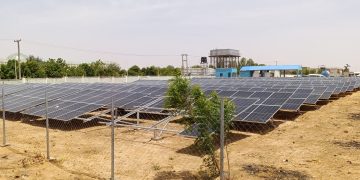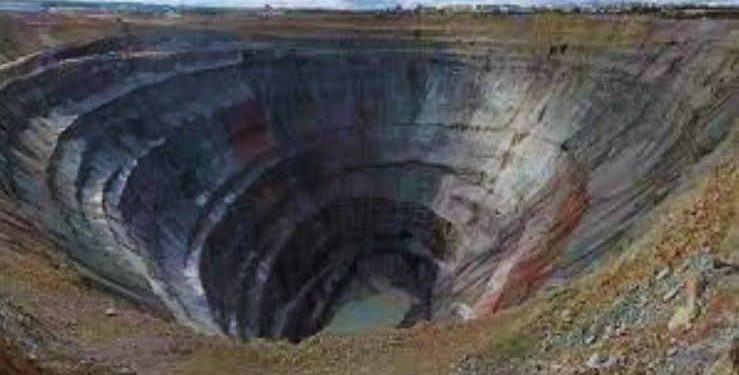Right in the middle of the desert, China is excavating one of the world’s deepest holes. An enormous vertical well is being drilled by engineers deep within Xinjiang’s Tarim Basin with the goal of penetrating the Earth’s crust to a staggering 36,400 feet (more than 11 kilometers). It’s deeper than Mount Everest is tall, at almost seven miles!
When the Shenditake-1 project reached 35,000 feet in March 2024, it was formally recognized as Asia’s deepest vertical borehole. However, the mission is not finished. In order to reach the last target later this year, crews are still drilling. They have so far sliced through 13 layers of prehistoric rock, some of which date back more than 145 million years, to the dinosaur era.
Why go so far underground? It’s all about knowing what’s underneath, according to scientists. Exploring oil and gas reserves, learning more about tectonic activity and earthquakes, and studying the interior structure of the Earth are the objectives.
The achievement is remarkable, both in terms of its scope and the context in which it is taking place. Because of its unpredictable geology, dry terrain, and intense heat, the Tarim Basin is one of the most difficult places on Earth to drill. Nevertheless, China continues to advance, pushing the boundaries of human curiosity and engineering.
What awaits them at the bottom of this extremely deep pit, then? Only a few thousand feet and time will tell. But there’s no denying that this desert drill is attracting attention from all over the world.
Because you’re sure to find something significant when you begin to explore the secrets of the Earth.























































